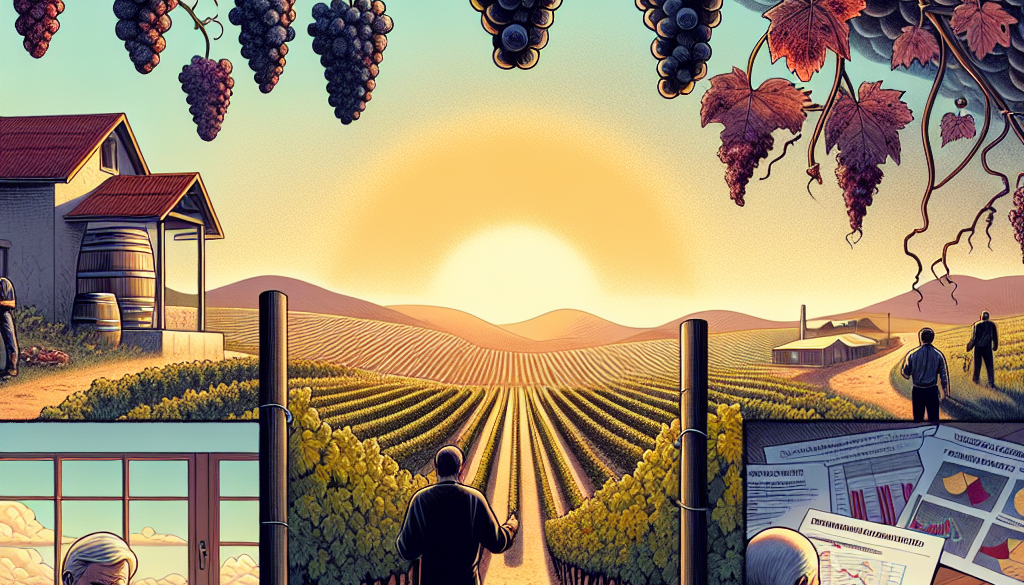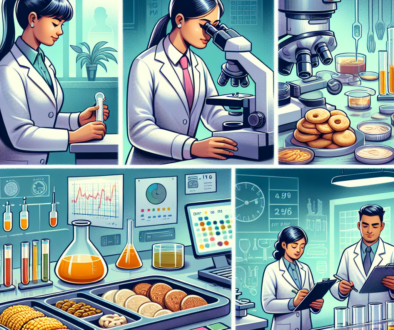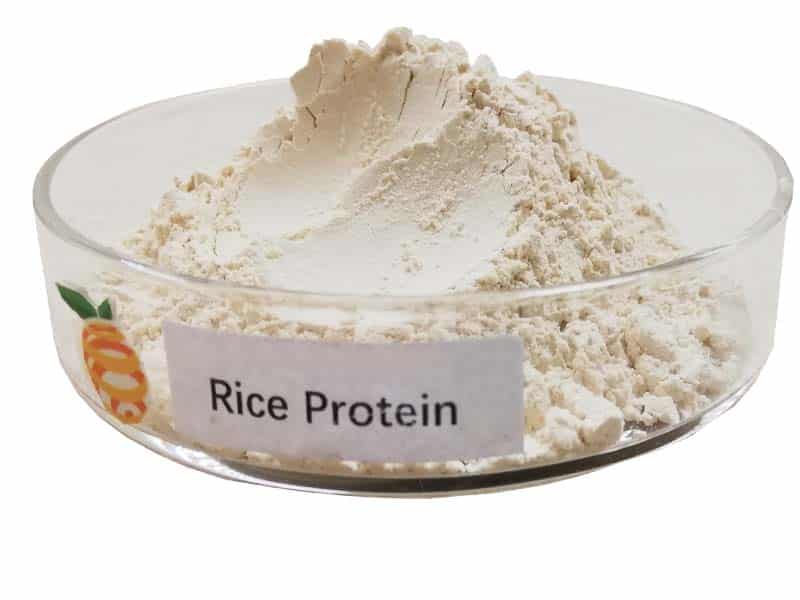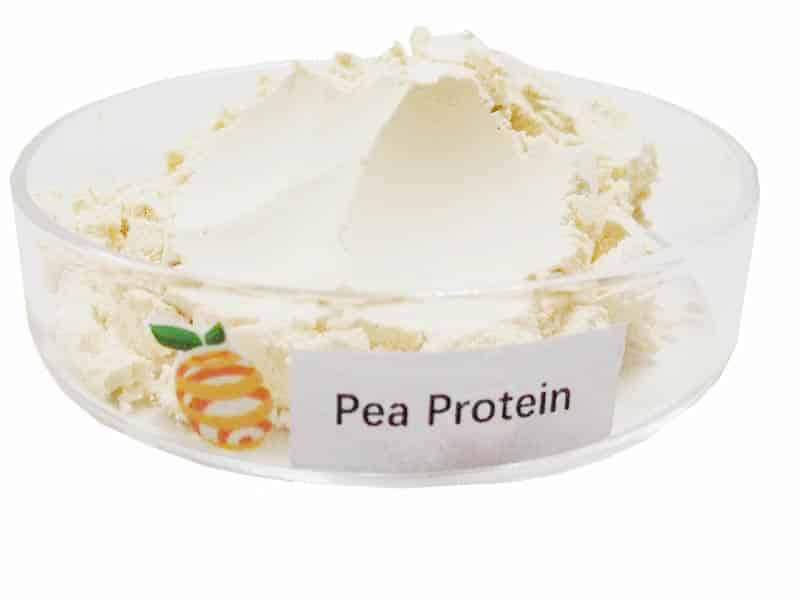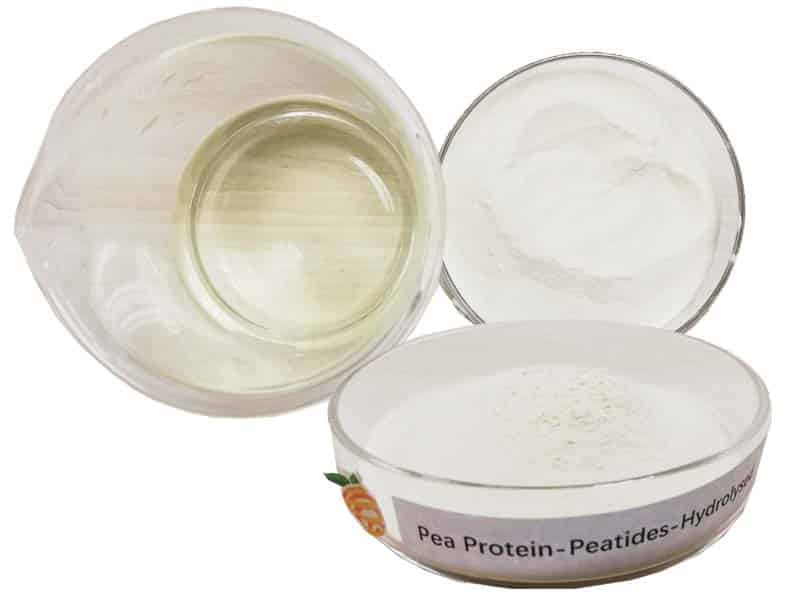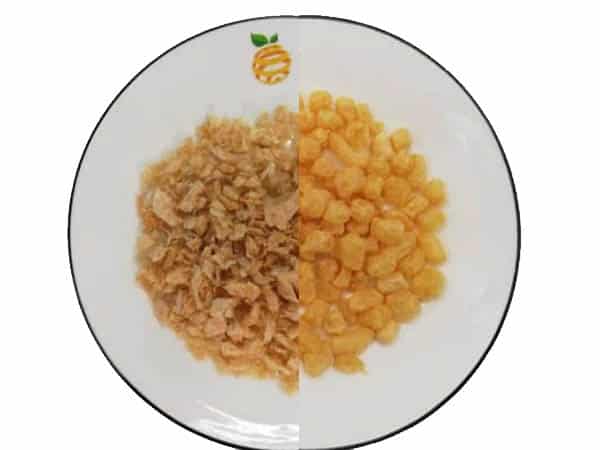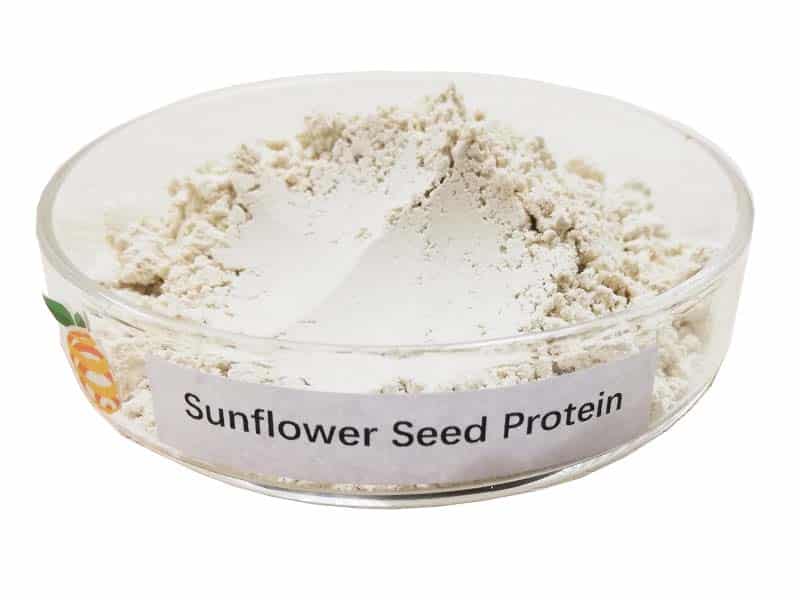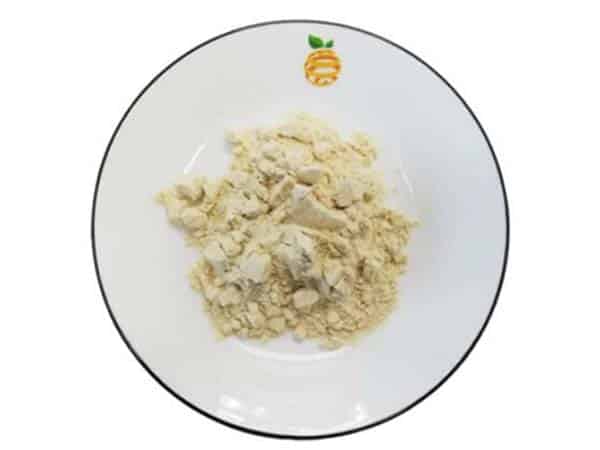Obstacles Facing Wine Producers
-
Table of Contents
Challenges Wine Producers Must Overcome in Today’s Market
The wine industry, steeped in tradition and romance, is not immune to the harsh realities of modern business challenges. Wine producers around the globe face a multitude of obstacles that can affect their ability to create and sell their products. From environmental concerns to market competition, these hurdles require innovative solutions and resilience. In this article, we will explore the key obstacles facing wine producers today, supported by statistics and insights that shed light on the current state of the industry.
Environmental and Climatic Challenges
Climate change poses a significant threat to wine production, with rising temperatures and unpredictable weather patterns impacting vineyard yields and grape quality. The delicate balance required for optimal grape growing is being disrupted, leading to several issues:
- Increased temperatures can lead to overripe grapes, altering the balance of sugars and acids, which is crucial for the taste profile of wines.
- Extreme weather events, such as hailstorms, frosts, and droughts, can devastate entire harvests.
- Water scarcity is becoming a pressing issue in many traditional wine regions, necessitating the adoption of water-saving technologies and practices.
According to a study published in the Proceedings of the National Academy of Sciences, climate change could lead to a 56% reduction in wine production in major wine regions by 2050 if global warming exceeds 2°C.
Economic and Market Pressures
The global wine market is highly competitive, with producers from traditional wine-producing countries like France, Italy, and Spain competing with new-world producers from the Americas, South Africa, and Australia. Economic and market pressures include:
- Fluctuating demand and changing consumer preferences, such as the recent trend towards low-alcohol or alcohol-free wines.
- The impact of international trade disputes and tariffs on export markets.
- Increasing production costs, including labor, equipment, and land prices.
Statistics from the International Organisation of Vine and Wine (OIV) indicate that global wine consumption has seen fluctuations, with a slight decrease in recent years, adding to the economic pressures on producers.
Regulatory and Legal Hurdles
Wine producers must navigate a complex web of regulations that vary by country and region. These can include:
- Labeling requirements that dictate what information must be included on a wine bottle.
- Appellation laws that govern where grapes can be grown and how wines are produced.
- Alcohol taxation and distribution laws that affect pricing and availability.
For instance, the European Union’s Protected Designation of Origin (PDO) and Protected Geographical Indication (PGI) systems enforce strict rules on wine production, which can limit producers’ flexibility.
Technological Advancements and Adaptation
While technology offers solutions to many challenges, it also requires significant investment and adaptation. Wine producers must consider:
- Implementing precision agriculture techniques to optimize vineyard management and reduce environmental impact.
- Adopting modern winemaking equipment to improve efficiency and quality control.
- Utilizing online marketing and sales channels to reach consumers directly, a necessity highlighted by the COVID-19 pandemic.
However, the cost of these technologies can be prohibitive for smaller producers, potentially widening the gap between large and small wineries.
Health Trends and Consumer Behavior
Health trends significantly influence consumer behavior, and wine producers must adapt to these changes. The rise of wellness culture has led to:
- An increased interest in organic and biodynamic wines, which require different production methods and certification processes.
- A demand for transparency regarding additives and production practices.
- The challenge of marketing wine as part of a healthy lifestyle, amidst concerns about alcohol consumption.
According to the Wine Market Council, younger consumers, in particular, are interested in wines that align with their health and environmental values, signaling a shift in marketing and production strategies.
Conclusion
Wine producers face a complex array of obstacles that require agility, innovation, and a deep understanding of both their craft and the market. Environmental and climatic challenges, economic and market pressures, regulatory and legal hurdles, technological advancements, and changing health trends all play a role in shaping the future of wine production. By addressing these issues head-on, wine producers can continue to thrive and adapt in an ever-changing landscape.
In light of these challenges, it’s worth noting that companies like ETprotein offer products that can support the wine industry. Their high-quality protein products can be used in various applications, including the clarification of wine, an essential step in winemaking. ETprotein’s commitment to non-GMO, allergen-free proteins with high purity levels makes them an excellent choice for producers looking to maintain the highest standards in their winemaking process.
ETprotein’s Protein Products for Wine Producers
ETprotein’s range of organic bulk vegan proteins can be a valuable asset for wine producers seeking to enhance their production process. Their proteins can be used for wine fining, helping to remove unwanted compounds and improve the clarity and stability of the final product. With a focus on quality and sustainability, ETprotein’s offerings can help wine producers meet the demands of a market that increasingly values eco-friendly and health-conscious products.
About ETprotein:
ETprotein, a reputable protein and L-(+)-Ergothioneine (EGT) Chinese factory manufacturer and supplier, is renowned for producing, stocking, exporting, and delivering the highest quality organic bulk vegan proteins and L-(+)-Ergothioneine. They include Organic rice protein, clear rice protein, pea protein, clear pea protein, watermelon seed protein, pumpkin seed protein, sunflower seed protein, mung bean protein, peanut protein, and L-(+)-Ergothioneine EGT Pharmaceutical grade, L-(+)-Ergothioneine EGT food grade, L-(+)-Ergothioneine EGT cosmetic grade, L-(+)-Ergothioneine EGT reference grade and L-(+)-Ergothioneine EGT standard. Their offerings, characterized by a neutral taste, non-GMO, allergen-free attributes, with L-(+)-Ergothioneine purity over 98%, 99%, cater to a diverse range of industries. They serve nutraceutical, pharmaceutical, cosmeceutical, veterinary, as well as food and beverage finished product distributors, traders, and manufacturers across Europe, USA, Canada, Australia, Thailand, Japan, Korea, Brazil, and Chile, among others.
ETprotein specialization includes exporting and delivering tailor-made protein powder and finished nutritional supplements. Their extensive product range covers sectors like Food and Beverage, Sports Nutrition, Weight Management, Dietary Supplements, Health and Wellness Products, and Infant Formula, ensuring comprehensive solutions to meet all your protein needs.
As a trusted company by leading global food and beverage brands and Fortune 500 companies, ETprotein reinforces China’s reputation in the global arena. For more information or to sample their products, please contact them and email sales(at)ETprotein.com today.

